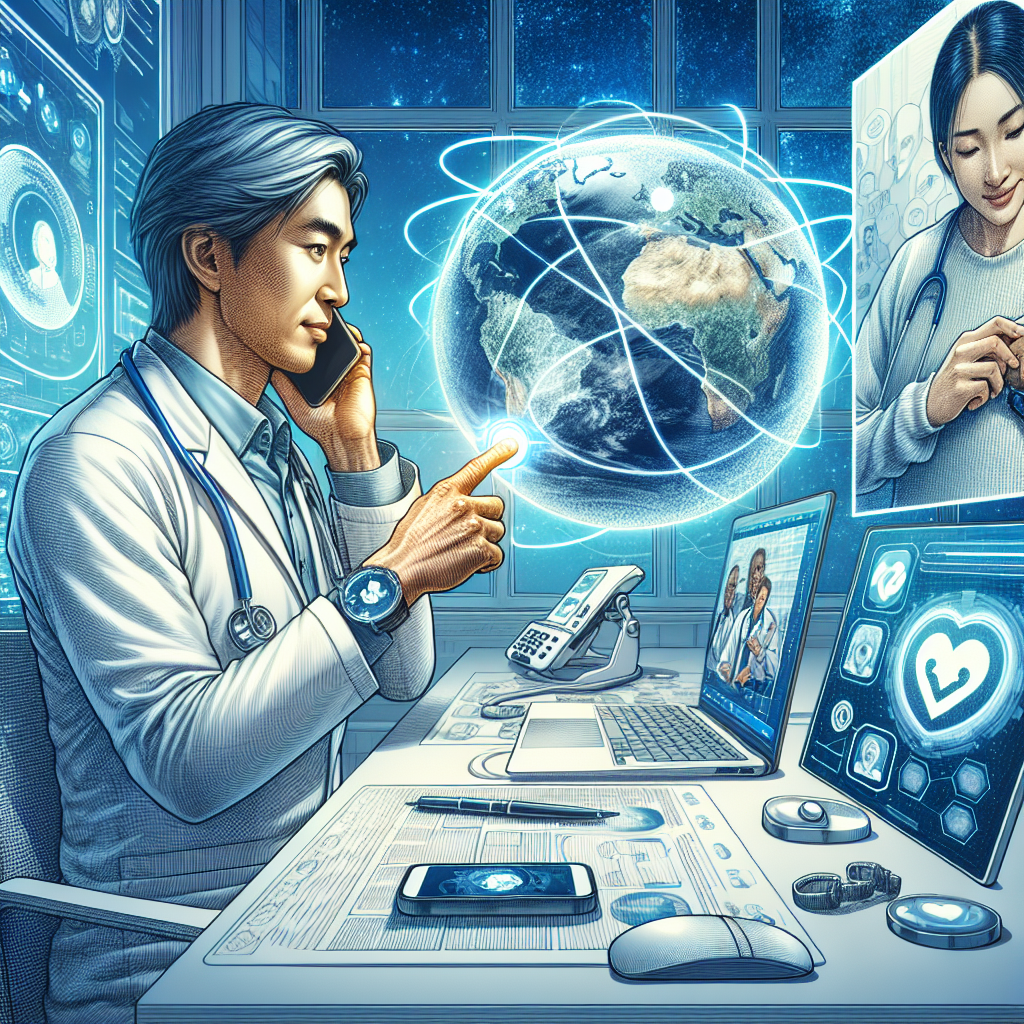Your cart is currently empty!
The Role of Remote Monitoring in Healthcare and Telemedicine

The Role of Remote Monitoring in Healthcare and Telemedicine
Remote monitoring in healthcare and telemedicine has become increasingly important in recent years, particularly in light of the COVID-19 pandemic. With the rise of telehealth services and the need to limit in-person interactions, remote monitoring has played a crucial role in ensuring patients receive the care they need while minimizing the risk of exposure to infectious diseases.
Remote monitoring involves the use of technology to track and monitor a patient’s health status from a distance. This can include the use of wearable devices, mobile apps, and other digital tools to collect and transmit data such as vital signs, medication adherence, and symptom tracking. This data is then analyzed by healthcare providers to assess the patient’s condition and make informed decisions about their care.
One of the key benefits of remote monitoring is its ability to provide real-time data and insights into a patient’s health status. This can help healthcare providers detect changes or deterioration in a patient’s condition early on, allowing for timely intervention and preventing complications. For example, remote monitoring can help identify warning signs of conditions such as heart failure or diabetes, enabling healthcare providers to adjust treatment plans and prevent hospitalizations.
Remote monitoring also allows for more personalized and proactive care. By continuously monitoring a patient’s health data, healthcare providers can tailor treatment plans to the individual’s needs and preferences. This can lead to better outcomes and improved patient satisfaction, as patients feel more engaged in their own care and have greater control over their health.
In addition, remote monitoring can help improve access to care, particularly for patients in rural or underserved areas. By eliminating the need for in-person visits, remote monitoring can make healthcare more convenient and accessible for patients who may have difficulty traveling to a healthcare facility. This can help reduce disparities in healthcare access and improve overall health outcomes for underserved populations.
Overall, remote monitoring plays a critical role in modern healthcare by enabling more efficient, effective, and patient-centered care. As telemedicine continues to grow in popularity and importance, remote monitoring will likely become even more integral to the delivery of healthcare services. By harnessing the power of technology to monitor patients remotely, healthcare providers can deliver high-quality care that is tailored to the individual needs of each patient, ultimately leading to better health outcomes and improved patient satisfaction.

Leave a Reply